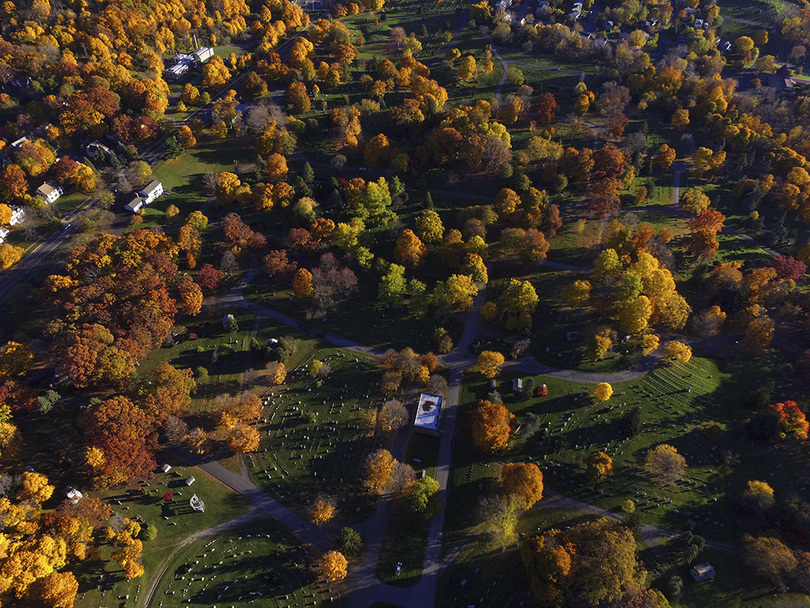U.S. Census Bureau: New York lost more residents than any other state last year

Upstate New York's population fell by 23,000 residents between 2015 and 2016, data shows. Courtesy of Brandon Bielinski
New York state lost more citizens than any other state in the country last year, recent United States Census data shows.
More than 190,000 people left New York for other states between July 2015 and July 2016. The state’s net population — a difference between the number of people who left the state and the number of people who moved into the state — decreased by nearly 1,900 residents during that same time period.
The upstate region’s population declined by more than 23,000 residents, while the downstate region — which includes New York City and its surrounding areas — saw an increase of about 21,000 residents. The total population of the 50 counties that form upstate New York has declined by nearly 60,000 residents since 2010.
E.J. McMahon, the founder and research director of Empire Center for Public Policy, said he believes a decline in upstate New York job creation could account for some of that population loss.
“The upstate economy is near ‘stall speed’ in most regions,” McMahon said. “It’s not creating a lot of new jobs. It’s not losing a lot of jobs, it’s just not creating them either, it’s stagnant.”
Job growth in the upstate region has dipped far below the national average, with a rate of 2.7 percent in growth from December 2010 to December 2016, compared to 11 percent nationally during that time. This slow growth continued despite government subsidies of more than $8.6 billion in 2016 alone. These subsidies aim to promote job growth.
“When you’re not creating new jobs, you’re not retaining the young people that grow up there,” McMahon said. “People don’t stay in an area or come to an area where they don’t have the most basic of opportunities.”
Onondaga County lost nearly 19,000 residents to other states from 2010 to 2016, the tenth highest of any county in New York. In 2016, its population was 466,194, down 875 residents from 2010.
Jan Vink, an extension associate at Cornell University’s Program on Applied Demographics, attributed some of this decline to an aging population.
“The share of population age 65 and over is going up very fast the last couple of years, with the baby boom generation now getting into that age group,” Vink said. “From ages 65 to 75, mortality rates are not that much higher than younger age groups, but after 75 the mortality rates go up quite a bit.”
According to the Centers for Disease Control and Prevention data from 2007, the last year such data was recorded, 75- to 84-year-olds accounted for about 27 percent of all deaths in New York state, compared to about 15 percent for the 65- to 74-year-old age group and about 11 percent for the 55- to 64-year-old age group.
New York has the third-largest elderly population in the nation, with more than 2.6 million residents over the age of 65, according to the New York State Health Foundation.
Some research argues that a large number of retirees opt to escape New York’s harsh winters in favor of more hospitable climates. The most popular destination was Florida. The second-most popular destination was New Jersey.
“New Jersey attracts people moving from the city to the suburbs,” McMahon said. “People don’t flow to New Jersey because it is creating jobs, they do so because of its proximity to New York City. There’s a fairly diverse mix of housing in New Jersey.”
Predicting whether this trend will continue is difficult, because mobility is strongly linked to the economy, McMahon said. Net migration hit a low in 2010, following the Great Recession.
Vink said he believes tax policies could affect this trend in the future.
“It depends a lot on what the baby boom generation is going to do once they retire,” Vink said. “Will they decide to spend retirement in upstate, or do they decide to look for the sun. Maybe for a lower tax area, the federal tax policies might influence that decision to move.”
McMahon said he believes the future will hinge upon job creation in the region, he said.
“There’s probably more reason for pessimism than not, considering where policy now is,” McMahon said. “A free market economy needs growth. If you don’t have demographic growth, you’re not going to create new jobs.”




